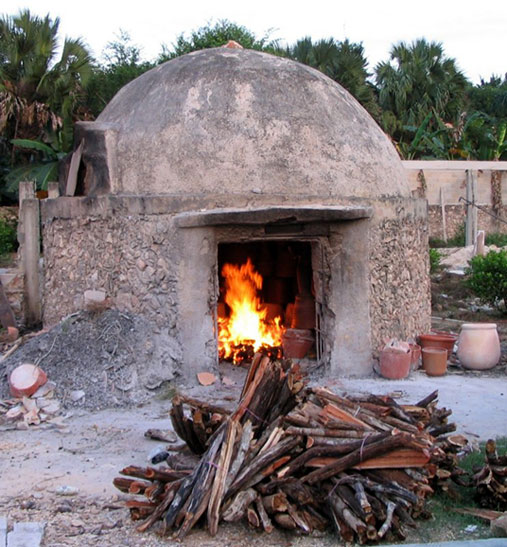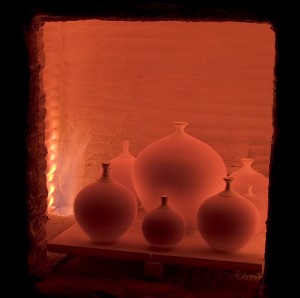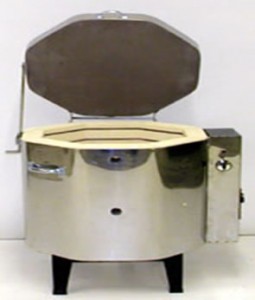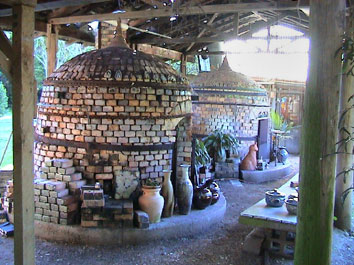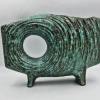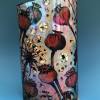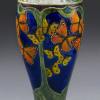In 2011, the Archie Bray Foundation held a live auction called From The Centre To The Edge to celebrate 60 years of innovation and creativity in the ceramic arts at their wonderful facility. Based at Helena in Montana, the foundation offers residencies and specialized workshops to ceramic artists from around the world. Over the years it has become a premier testing ground for ceramic artists working together to share ideas and techniques. Some prominent ceramicists have studied and lectured at this colony for potters. I think the pieces that were on offer at this auction are a testimony to the quality of ceramic arts and artists that have been influenced by Archie Bray.
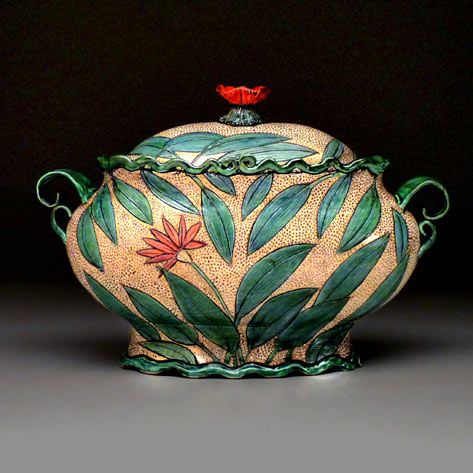
Tureen, 2011
earthenware, slip, glaze, china paint,gold luster
Gail Kendall
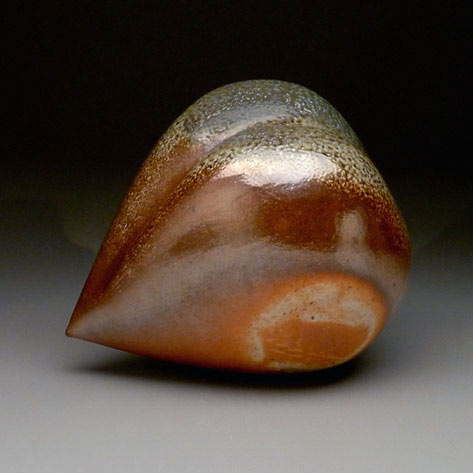
The Immortal Peach, 2006
stoneware, wood fired
Eva Kwong
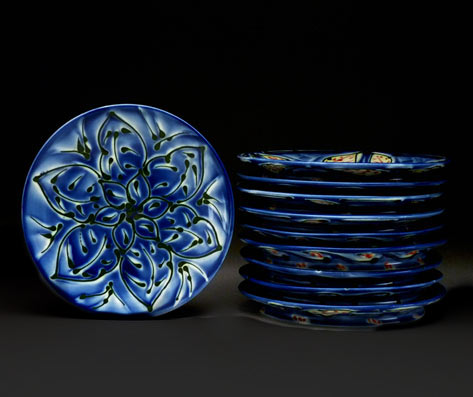
Dinner Plates, 2011
porcelain, glaze
Sarah Jaeger
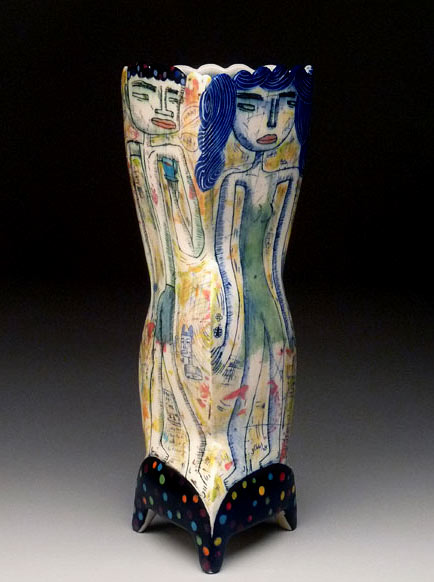
Datz Hot, 2010
porcelain
Kevin Snipes
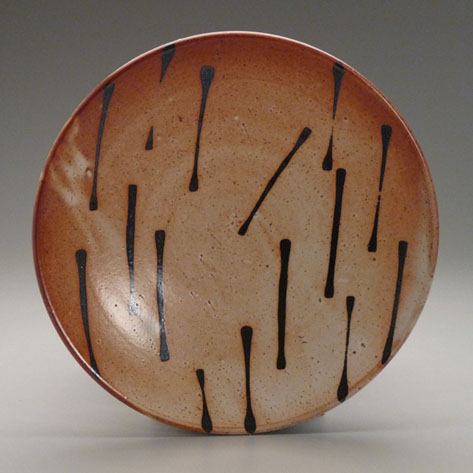
Platter, 2011
stoneware
Warren Mackenzie
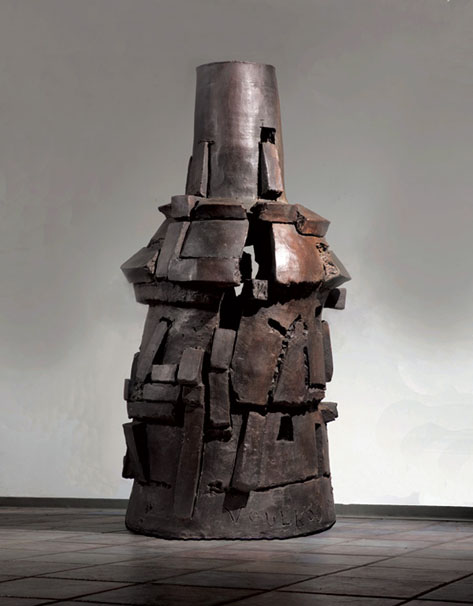
Anasazi S13, 2010
Peter Voulkos
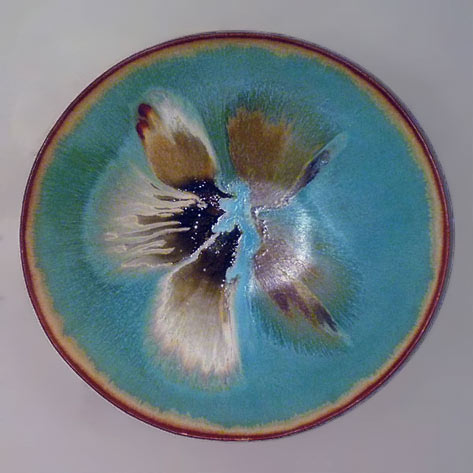
Platter #1019, 2010
stoneware, gas-fired reduction
Christopher Gustin
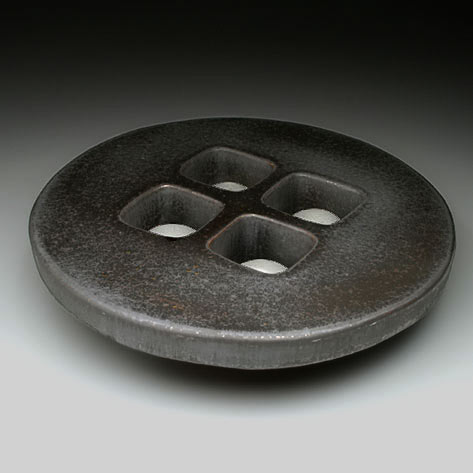
Four-Square, 1987
stoneware, maria crystalline glaze
David Shaner
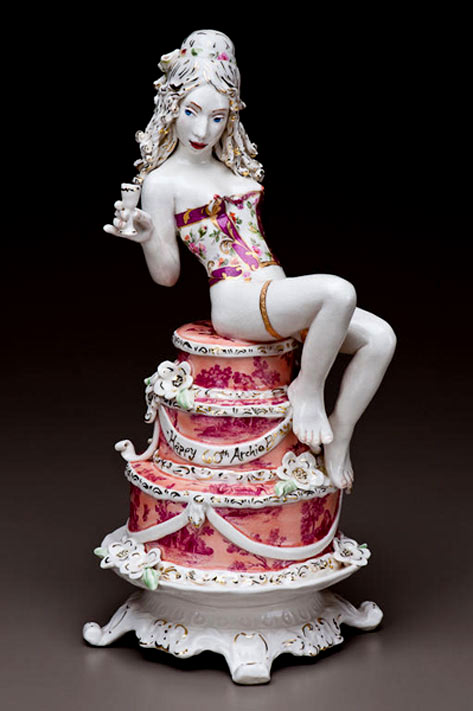
Happy 60th Archie Bray, 2010
porcelain, decals, luster
Chris Antemann
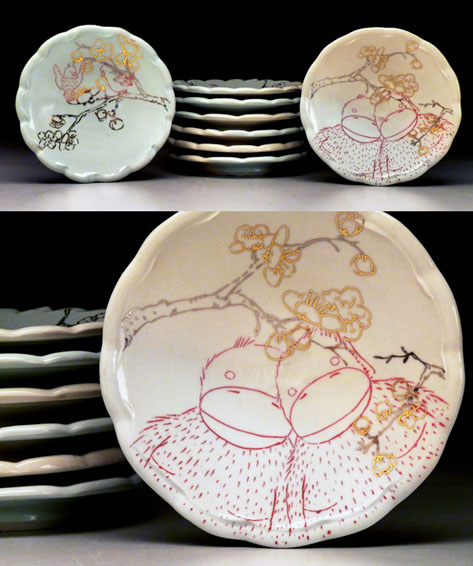
Cherry Blossom Plates, 2011
porcelain, gold luster, silver luster
Ayumi Horie
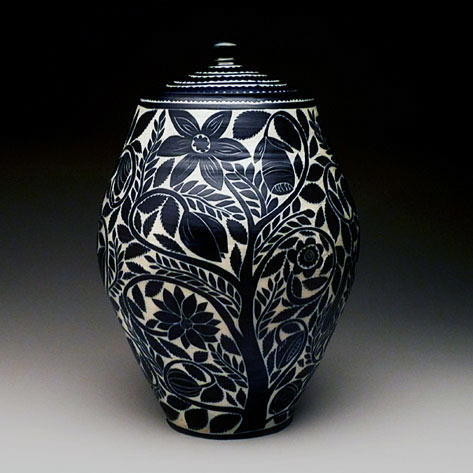
Covered Jar, 2010
porcelain, salt glazed
Matthew Metz
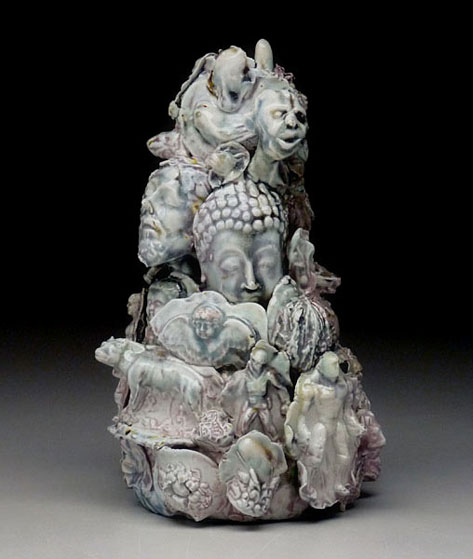
Untitled (Candle Holder), 2010
porcelain, cone 10, salt fired
Sunkoo Yuh
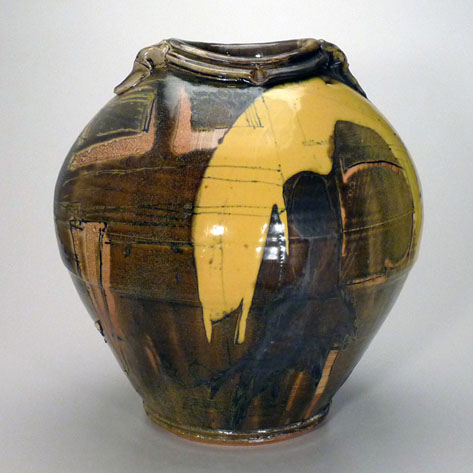
Jar, 2011
salt soda fired stoneware
Josh Deweese
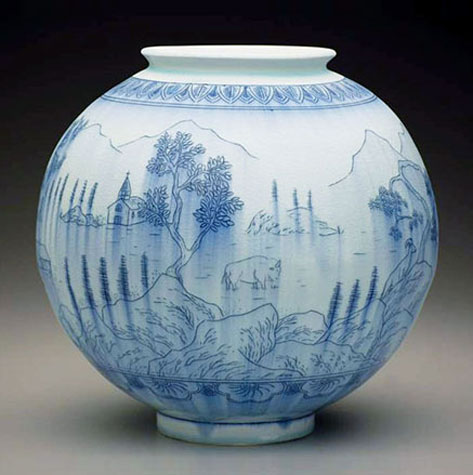
East West, 2010
porcelain, cobalt inlay, glaze
Steven Young-lee
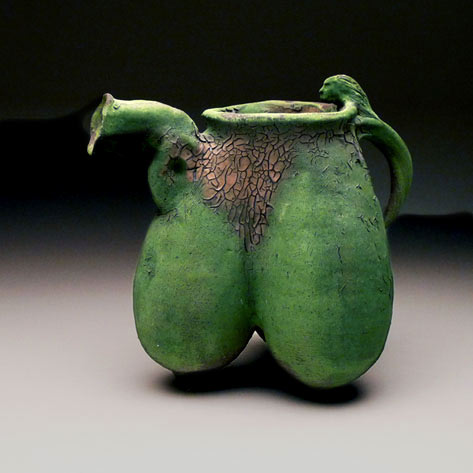
Tri Udder Ewer with Mermaid Handle, 2003
stoneware, chrome slip
Ken Ferguson
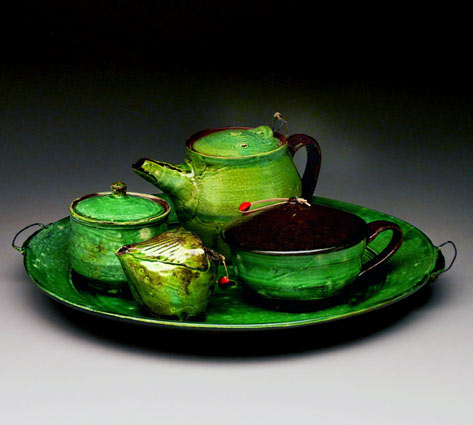
Gathering Green, 2011
red earthenware, porcelain slip, Orr’s green glaze fired in oxidation to cone 02, nichrome wire, red “lucky” seed from the Amazon, wax thread or reed
Sandy Simon
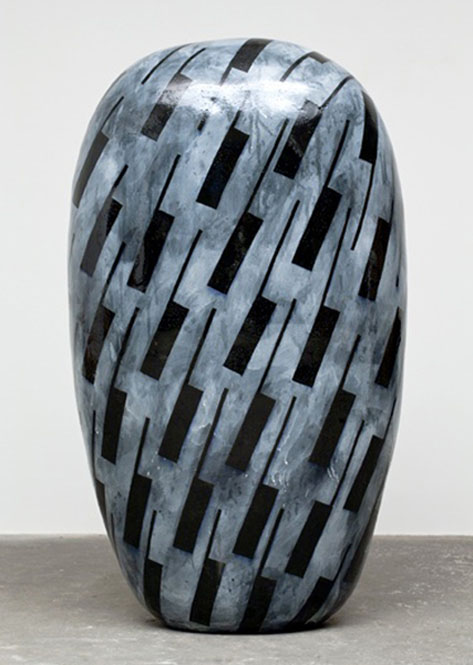
Untitled, 2009
glazed ceramic
Jun Kaneko
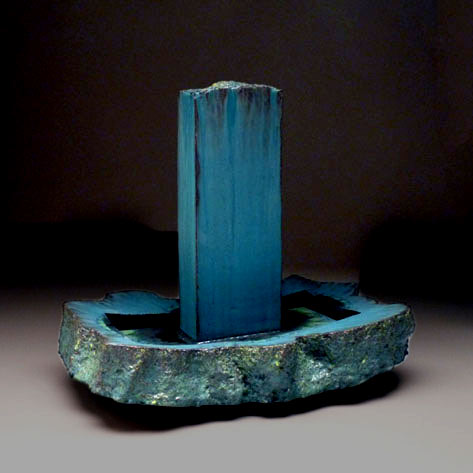
Sentinel, 2007
glazed earthenware
John Utgaard
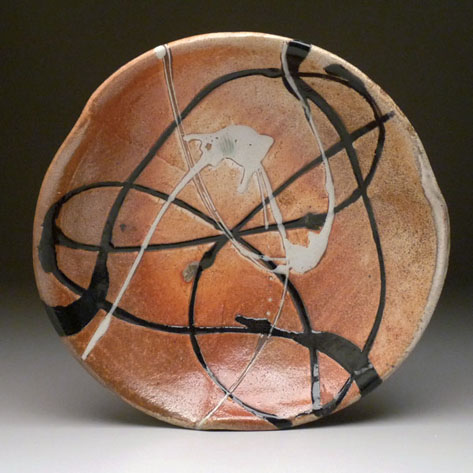
Large Bowl with Black & White Trailed Pattern, 2010
stoneware, wood fired, kaolin flashing slip
Randy Johnson
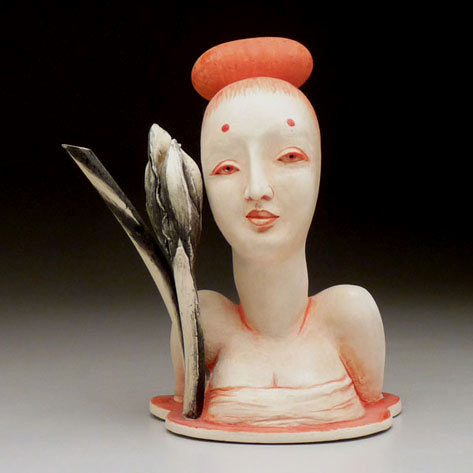
Pouring Ewer Woman with Crocus, 2004
porcelain
Patti Warshina
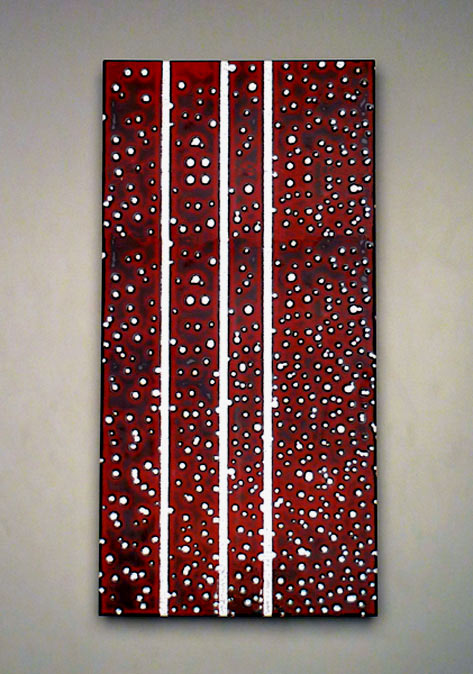
Skywell Falls, 2009
ceramic, stoneware tile, earthenware glaze
Wayne Higby
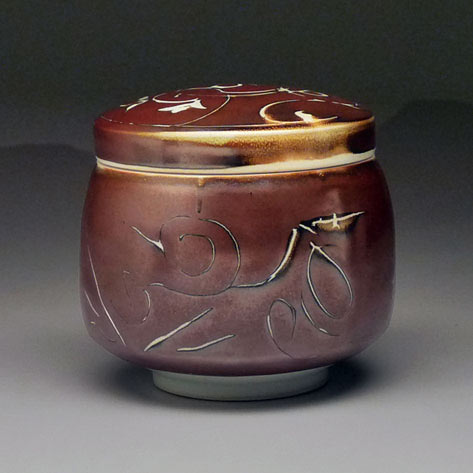
Small Footed Cannister, 2008
porcelain
Victor Babu
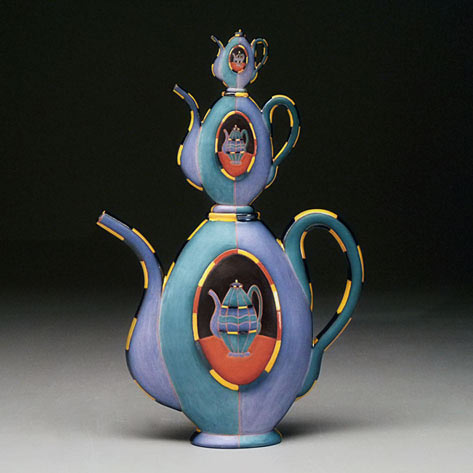
Portraits, 2007
terra cotta, terra sigillata
Gail Busch
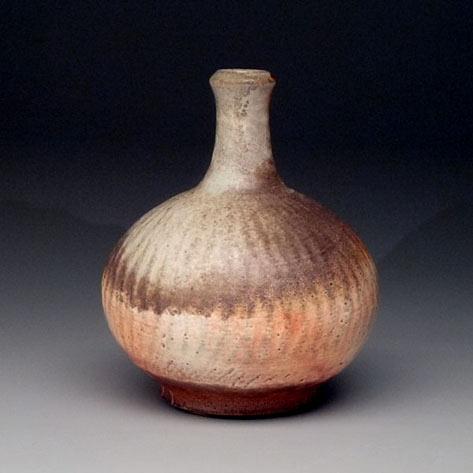
Bottle, 2011
stoneware, wood fired, shino glaze
Robert Archambeau
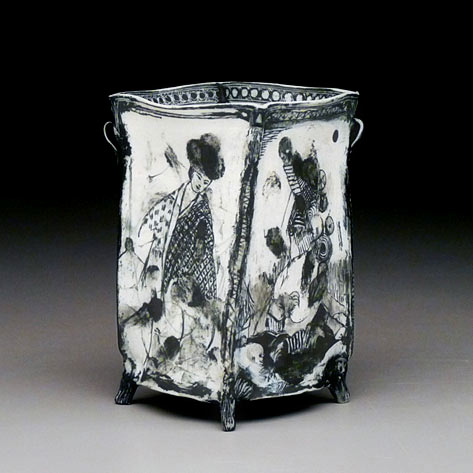
October 8th 2009, 2009
porcelain
Ed Eberle
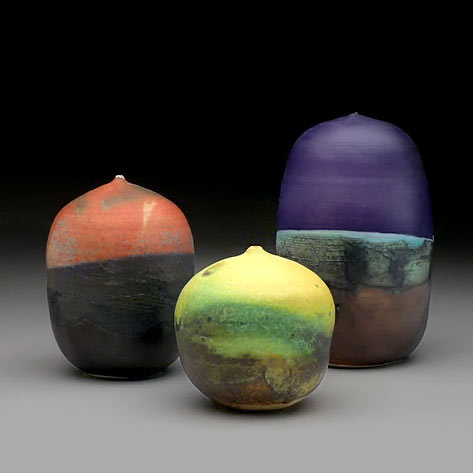
Three Closed Forms, 1995
gas fired, porcelain cone 10
Oshiko Takaezu
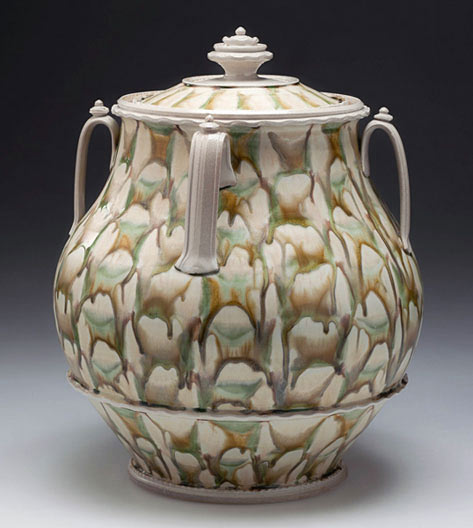
Covered Jar, 2010
porcelain, polychrome glaze, wood fire
Linda Sikora
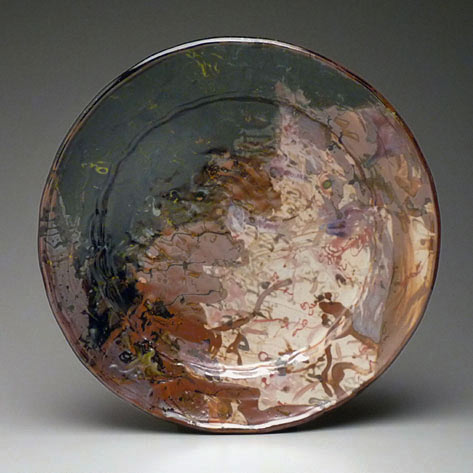
Stoneware Plate, 2009
stoneware, multiple slips, glazes, reduction fired
John Glick
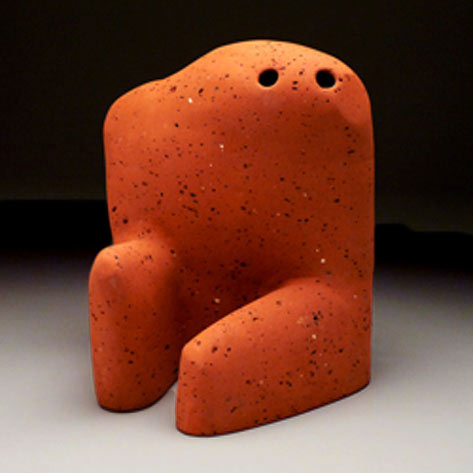
Bomb, 2007
clay, cone 3
Robert Brady-sm
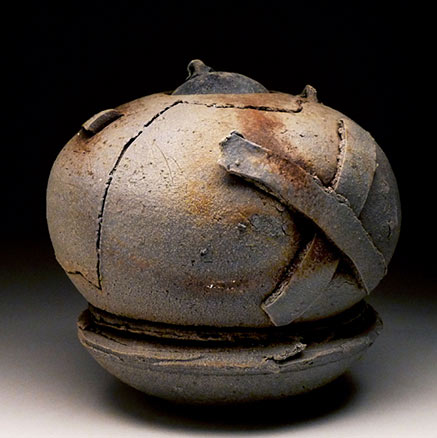
Jar, 2008
anagama fired stoneware, 7 day fire with oak, hickory, pine
Don Reitz
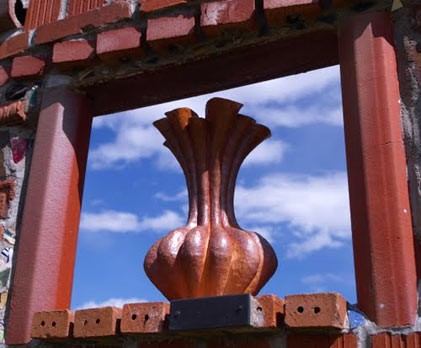
Vase in window – Archie Bray Foundation
photo – Tharwell
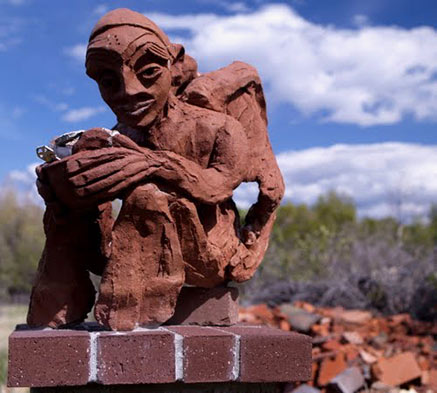
The keeper – Archie Bray Foundation
photo-Tharwell
More info on the auction here

